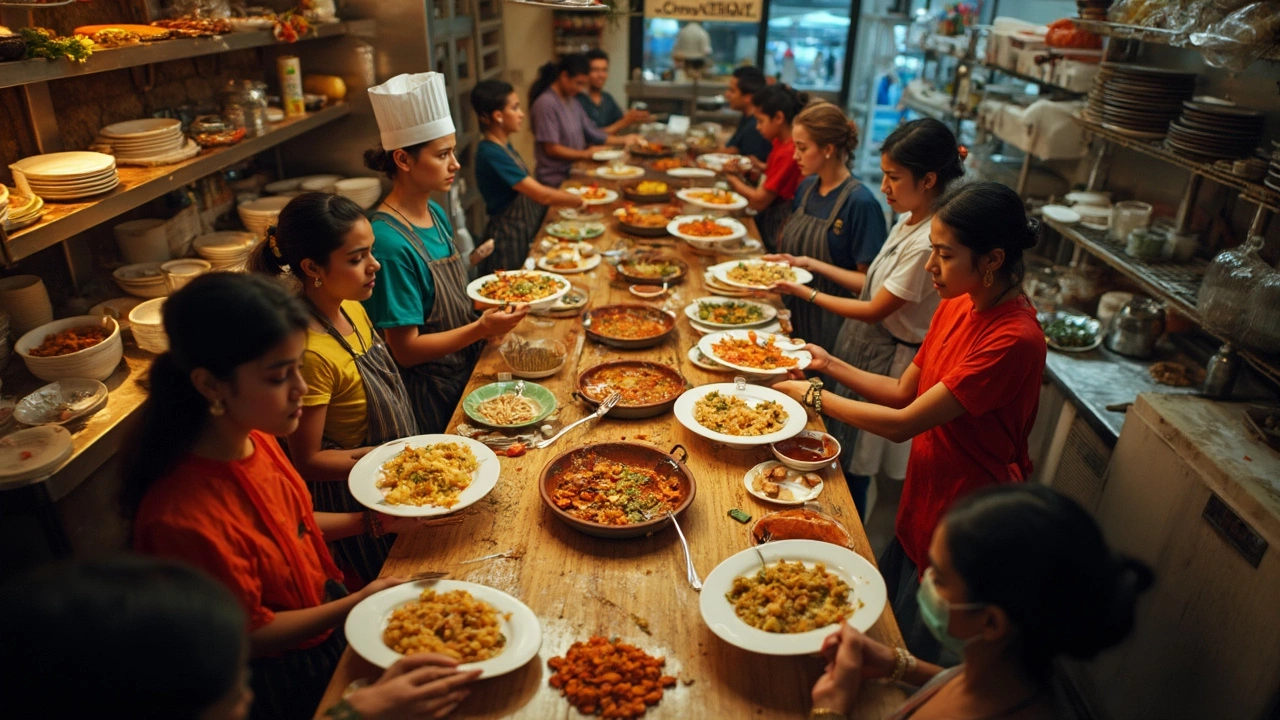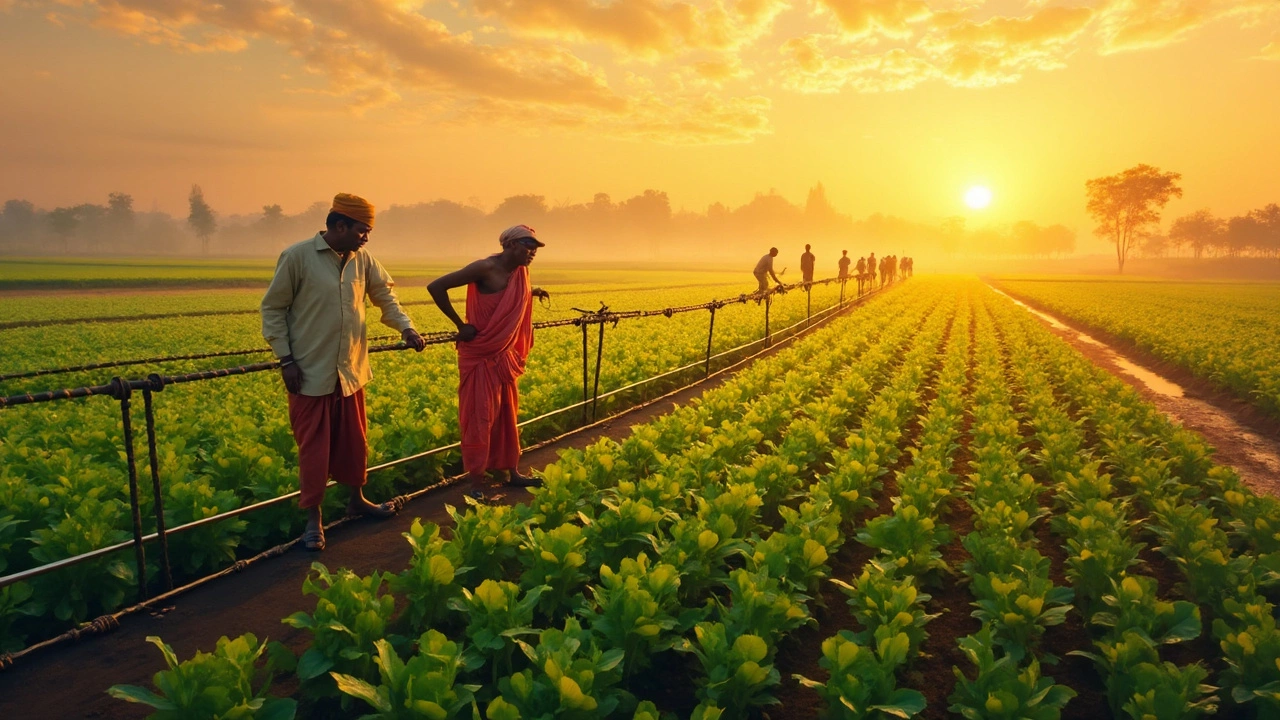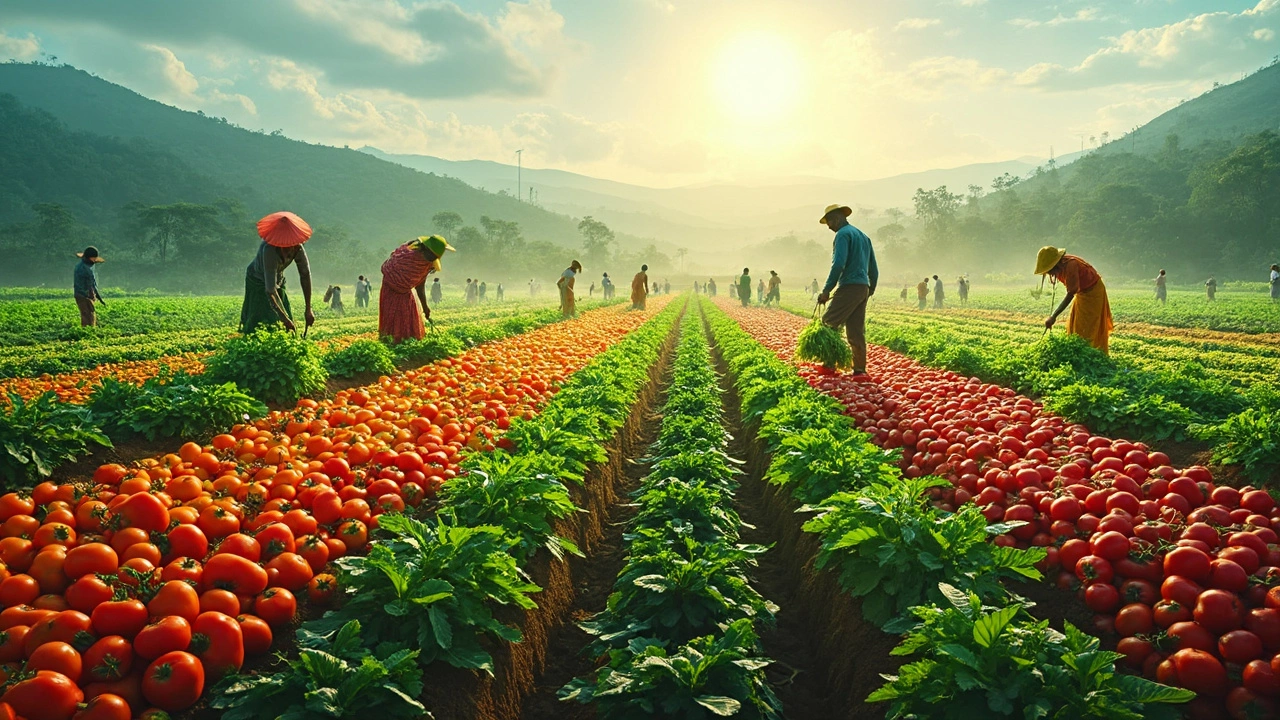Food Business: Insights, Trends & Sustainable Practices
When talking about food business, the network of activities that turn raw ingredients into the meals on our tables. Also known as food industry, it blends agriculture, manufacturing, logistics and retail into a single profit‑driven ecosystem.
One of the biggest drivers behind modern food business success is agricultural production, the cultivation of crops and rearing of livestock that supply the raw material for food products. Without reliable yields, processing plants can’t keep their lines humming, and retailers face empty shelves. This link creates a clear semantic triple: Food business encompasses agricultural production. In India, staple crops like rice dominate the supply chain, so understanding rice cultivation, the methods and cycles used to grow the grain that feeds billions is a must‑have skill for anyone in the sector.
Another pillar is food processing, the set of industrial steps that clean, transform, package and preserve raw food into consumer‑ready products. This stage not only adds value but also dictates shelf life, safety standards and cost structures. A well‑run processing line can lift margins, while a lapse in hygiene can sink a brand overnight. The relationship can be framed as: Food processing influences food business profitability. In recent years, sustainable manufacturing techniques have become non‑negotiable, giving rise to the entity of sustainable manufacturing, the practice of reducing waste, energy use and carbon emissions in production facilities. This creates another triple: Food business requires sustainable manufacturing, because consumers now favor brands that show environmental responsibility.
Key Pillars of a Modern Food Business
Putting it all together, a thriving food business leans on three interlocking concepts. First, solid agricultural production guarantees a steady flow of quality raw material. Second, efficient food processing turns that raw material into safe, tasty, and shelf‑stable products. Third, sustainable manufacturing keeps costs down and reputation high by cutting waste and emissions. When these pillars click, you see real‑world benefits: lower operating costs, stronger brand loyalty, and better compliance with regulations. Below you’ll find a curated set of articles that dig deeper into each pillar – from the toughest plants to grow, to the newest trends in plastic packaging, and even the economics of steel that supports food‑processing equipment. Dive in to see how each piece fits into the bigger picture of the food business.
What's the Most Profitable Food to Sell?
Finding the most profitable food to sell is crucial for anyone entering the food processing industry. This article delves into various food products, exploring their profitability based on market demand, production cost, and consumer trends. We'll also touch on some interesting facts and give practical tips for making the right choice. Understanding which foods are in vogue and how to maximize your business plan could pave your way to a thriving enterprise.
- manufacturing
- India
- food processing
- garden tips
- rice cultivation
- government schemes
- balcony garden
- urban gardening
- balcony gardening
- profitable business
- business ideas
- plastic manufacturing
- drip irrigation
- plant care
- steel manufacturing
- sustainable gardening
- startup ideas
- steel industry
- flower gardening
- textile manufacturers






